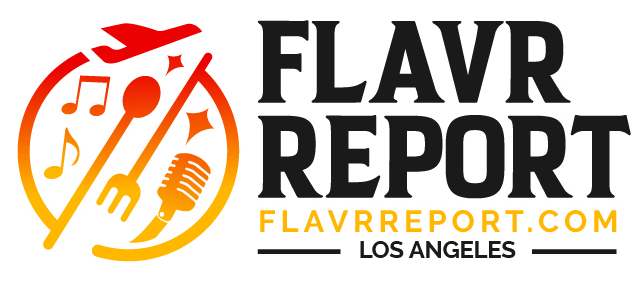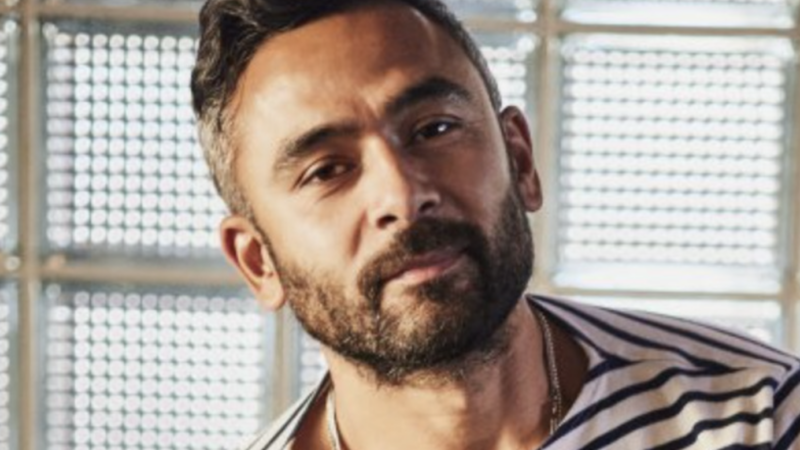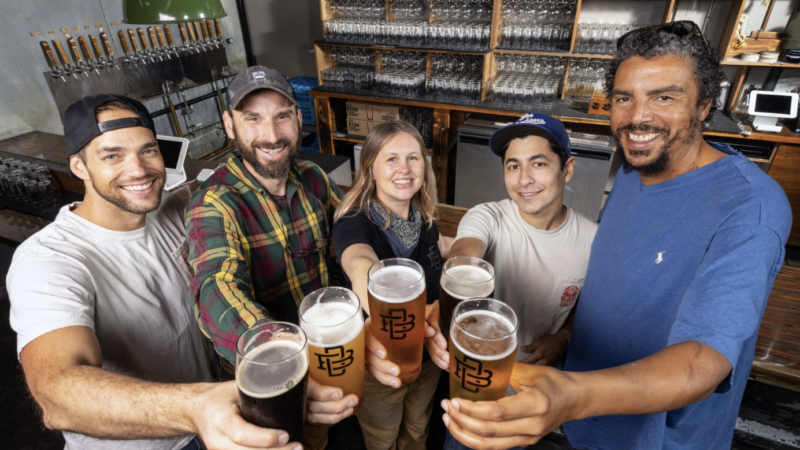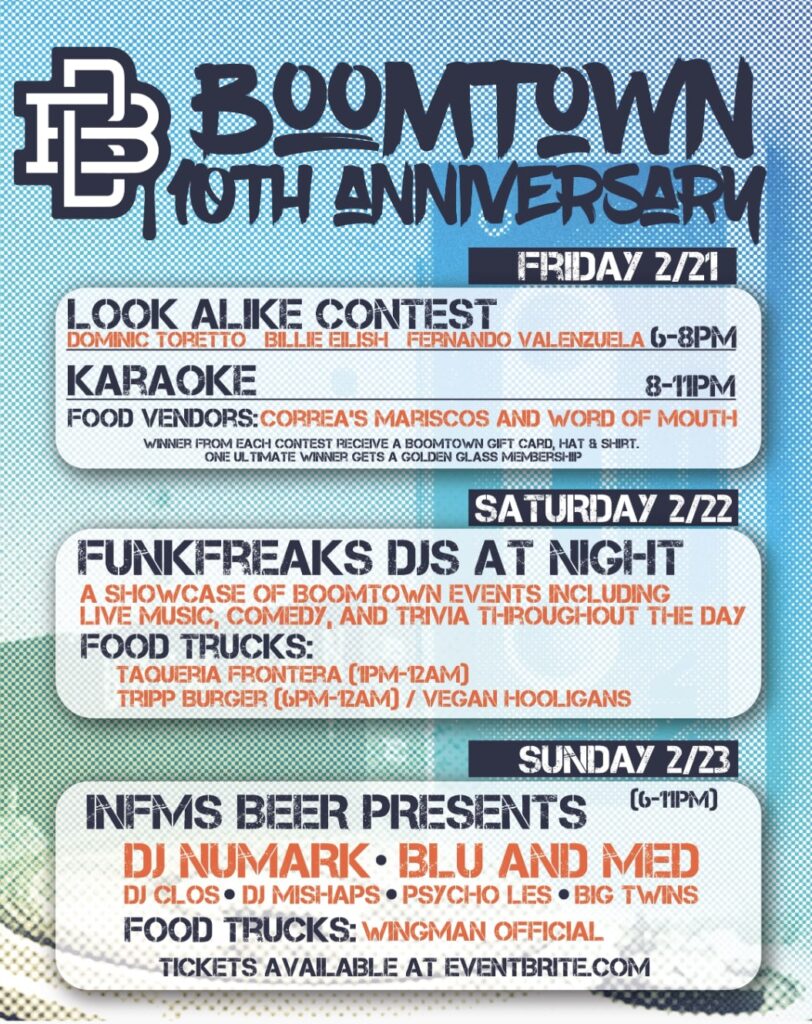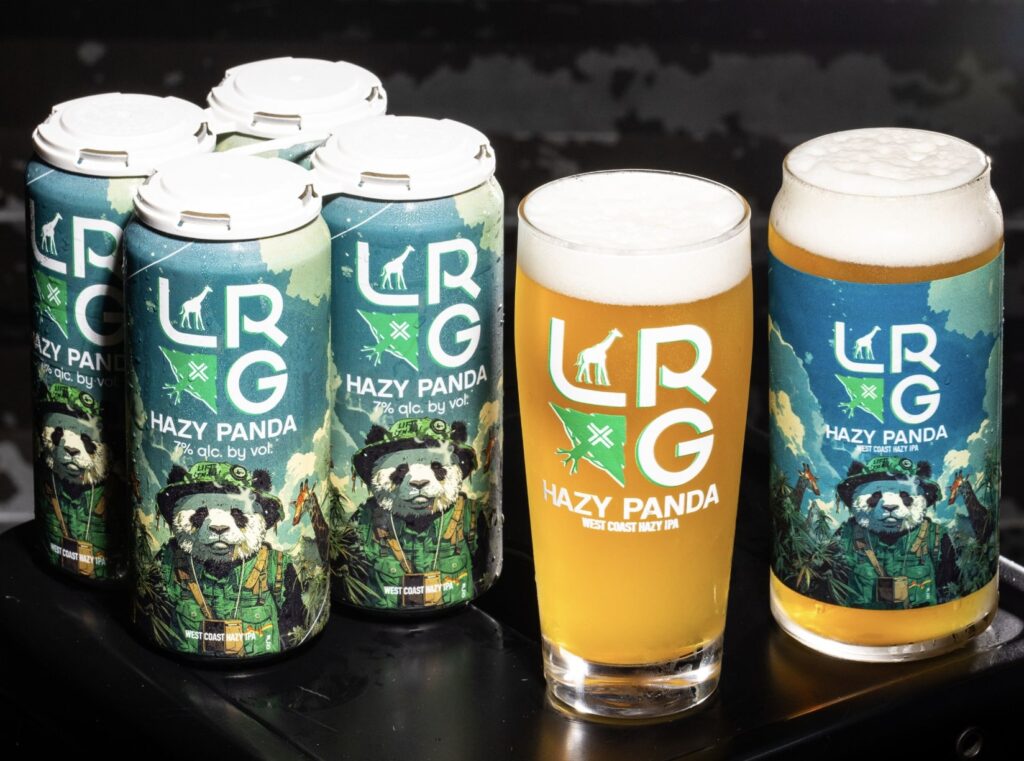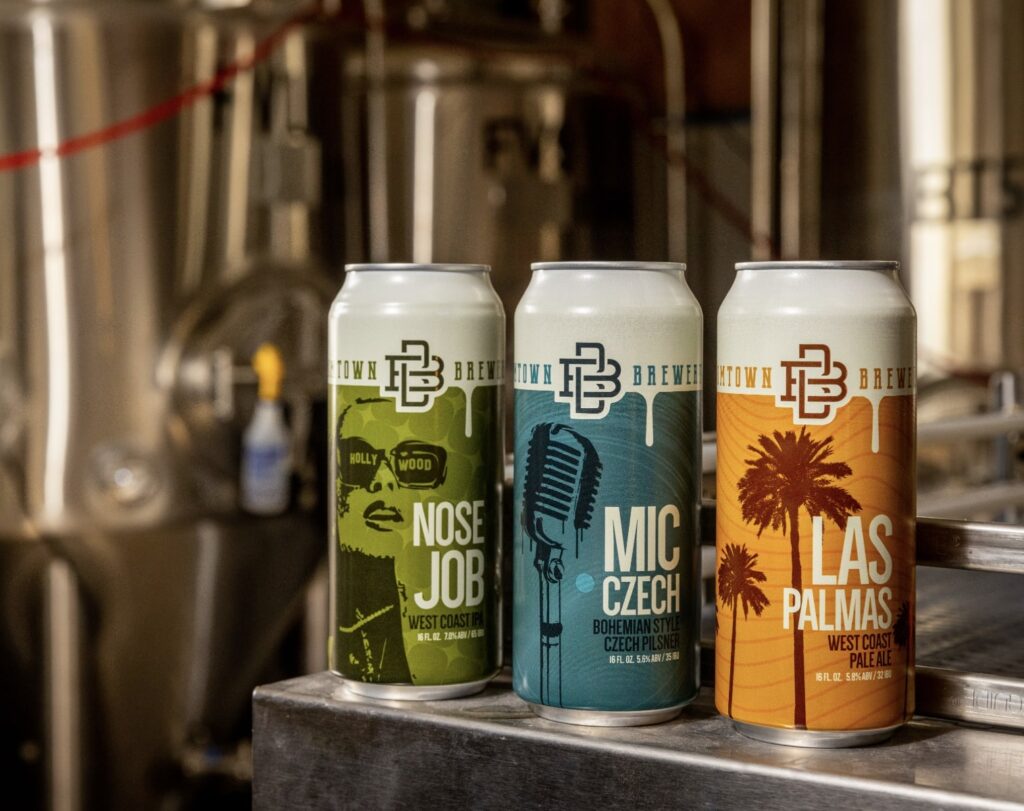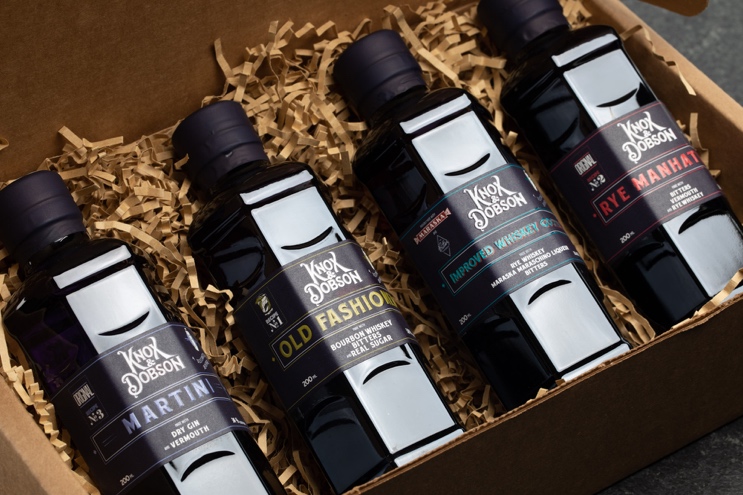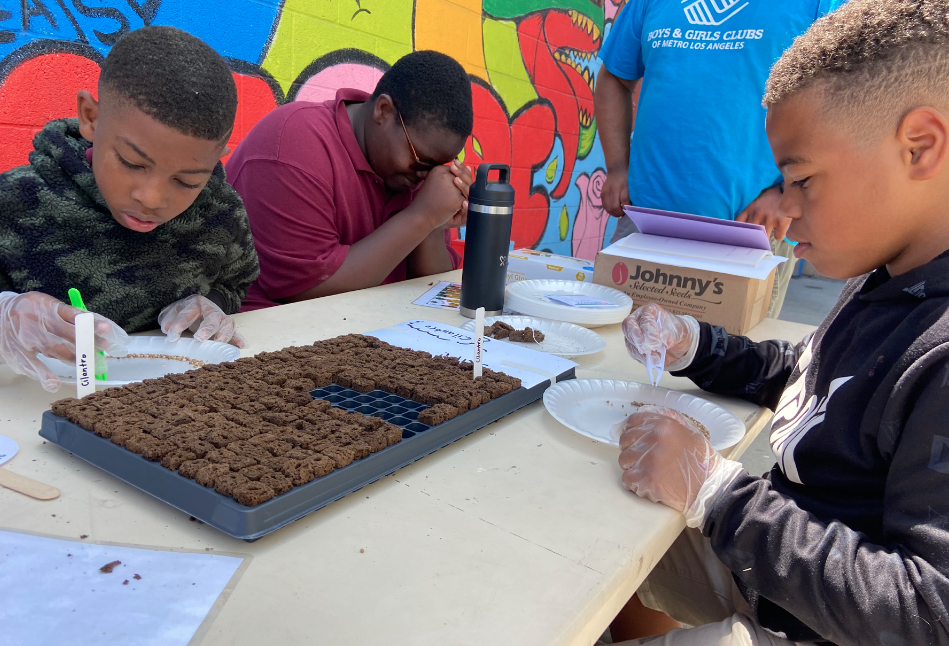Feeling Pain? Beverly Hills Vivie Therapy can help with 100s of 5 Star Reviews
We talk so much about food and drinks, nights out, and travel all the time, but we don’t always talk about our bodies and our health; keeping ourselves in shape and in fitness.

Vivian Eisenstadt from Vivie Therapy
That’s why I wanted to talk with Vivian Eisenstadt from Vivie Therapy.
Joe Winger:
Can you tell us a little bit about your professional background and what kind of certifications it takes to be the owner of Vivie Therapy?
Vivian Eisenstadt:
I am originally from Brooklyn, New York, and I got my bachelor’s in Athletic training from Brooklyn College.
I went on to get a second bachelor’s in Health Science from Turo College in Long Island, where I also got a Masters in Physical Therapy.
Then moved to Los Angeles where I worked in Cedars Sinai outpatients, Physical Therapy Center.
While I worked there, I actually went on to get an extra credential called Orthopedic Specialist.
Then when they opened Cedars Sinai Spine Center, I was one of the physical therapists who went there and integrated physical therapy into the spine center to collaborate with the spine doctors and help them understand actually what physical therapy was.
I became a director of a pilates-based physical therapy center in Brentwood and then later in Beverly Hills.
That inspired me to open up my own place.
I first opened up in a gym on Robertson Boulevard, and now I have been working on my own, in my own space since 2005.
I went on to get a Spiritual Psychology Degree in 2014, which I really think has taken my ability to help a person heal holistically.
By holistically, approaching physical, mental, emotional, spiritual, chemical at the same time. When you address them all you get more. Totality and healing and more long term results.
Joe Winger:
Something you said a minute ago that I want to touch on and go deeper on is you help the doctors learn more about physical therapy.
What did you teach those doctors about physical therapy?
Vivian Eisenstadt:
The doctors actually didn’t really know much about physical therapy as most doctors don’t know.
It might’ve changed over the past 20 years.
But doctors are taught chemicals and drugs and surgeries. Physical therapy is actually how to avoid all of that, or how to get past that phase to get ultimate healing.
Physical therapy is an art by which, when a person gets injured, the body will heal, but there are speed bumps along the way to healing, such as the creation of scar tissue, or creating habits that you had when you were in pain, like limping, that you don’t want to have because that’ll lead to other issues and will not help you heal correctly.
So physical therapy is about getting better quicker and getting better in a way where you prevent future injury and where you could be stronger.
If somebody gets injured because their body was out of balance and their weakest spot is what got affected, as physical therapists, we evaluate the entire body and see, where is the source of the pain.
Like you can have an ankle that is always in pain, but it could be coming from the fact that your lower lumbar vertebrae in your back are out of place.
So physical therapy is a really good way for someone to analyze where your pain is stemming from in a different way than doctors do.
In a way that if it is repaired, you get fully better and move on with your life.
Joe Winger:
Almost like a body detective. Is it more affordable than most surgeries and hospital operations?
Vivian Eisenstadt:
Unfortunately, the insurance companies try not to pay.
So I have so many patients where we’ve submitted our reports and they’re just finding reasons not to pay, but for some reason they listen to doctors and they’re like, “Oh, you need a shot. Here’s a shot.”
It’s amazing the different listening that insurance companies have. You will save money in the long run when you go to a physical therapist.
If you go to a proper physical therapist who will help you not only heal from your current issue, but help you address the underlying causes and the underlying reasons, like neck pain due to poor posture.
Then you come in, we teach you how to sit straight.
So not only are you making your back feel better, but you won’t end up in my office again.
I tell my patients that the best compliment you can give me is to send your friends to me.
I don’t want you in my office. I just want you to refer your friends and family.
Joe Winger:
I’m assuming there’s a wide range of services you offer.
Vivian Eisenstadt:
We have physical therapy evaluation, which is about an hour where I help detect where your pain is coming from and all the different things that are feeding into it.
So you have the evaluation, which includes the treatment, and then we decide what kind of path we want to go on together.
Massage Therapist on Staff
Follow up sessions are an hour, and then we also have a massage therapist on staff. An amazing one who’s been working with me, Marcia, since 2002.
You might just need a lot of deep tissue work, so you’ll get a couple of massages.
Then we also have modalities that help your body feel better as a whole.
Detox Foot Baths
For instance, detox foot baths that pull out the toxins from your body. The less toxins in your body, the more you feel better.
Infrared Sauna
We also have an infrared sauna, another way to detoxify.
We get a lot of people post chemotherapy or radiation, or if you’re on meds for a while and you want to sweat them out. So we help you sweat them out in the infrared sauna.
Lifestream Generator
We have a machine called Lifestream Generator, which puts a high frequency of electricity through your body, and that works on every level because our brain is made up of electric signals.
If you put a high vibration in you, it kicks out the low vibration.
So we’ve seen people feel emotionally different after they come here, like sleep better or feel more motivated or have more energy throughout the day or just be able to process things that they weren’t able to process without it.
Joe Winger:
Are there common, everyday people living their life – nothing traumatic may have actually happened to them – yet they could heal better, they could feel better by coming to visit you?
Vivian Eisenstadt:
What’s fascinating is that when people think that they need to feel better, they think of like a massage. Okay.
Physical therapy is people that are actually trained to analyze your body and find out where your imbalances are and then directly go and start working on them.
Not just work around your body and hope they get somewhere that feels good. The longstanding effects.
People come to me usually because their lawyer sent them for a personal injury case or their doctor sent them for physical therapy or they know that they need physical therapy because of an injury.
But over the past, but once they come in and I give them a couple of treatments, they didn’t realize that they could feel as good as they feel.
They thought that their “normal” was the way you’re supposed to feel, but their “normal” is out of balance in general.
Once you get put in alignment and put in balance, you don’t remember how it feels until you’re feeling that way again.
Then you’re like, “Oh my God, I didn’t know that I could feel this way.”
You don’t know until someone does it to you because nobody promotes wellness as preventative. We do. But not enough people listen.
I always say people come to me when they’re ready to get better and not a day before.
I try not to make them feel bad about it.
I truly believe that people step into my office when they’re ready to get better and some people come in and they’re just not ready to get better.
You can just see it in just our interaction. And that’s okay too.
Everybody’s on their own agenda and their own souls path.
So I help the people where they’re at.
Joe Winger:
I went on Google and Yelp, just wanted to see how many physical therapists were in the area. And you probably know this, there’s a lot.
If someone’s out there looking for a physical therapist, why would they choose Vivie Therapy?
Vivian Eisenstadt:
That’s an easy one. The reason why people would want to come to Vivie Therapy as opposed to other ones is because I am a sole practitioner.
I am a physical therapist who will be with you the entire time.
Most of these physical therapy centers are playing the insurance game where they’re trying to get as many people an hour because they have to deal with all those insurance issues that I mentioned where they don’t pay a lot so then it’s a numbers game.
I have dedicated myself to being an extremely good diagnostician.
So we figure out what’s not working very early in the game, and then we get straight to work.
As you can tell by my over 200 reviews by now, that I come in, I do my job, I get you in and out of here as soon as possible, as quickly as possible.
You get quality of care. You are heard here.
I am here to listen to what is going on for you. Most of the time, the patient is what tells me what’s wrong with them.
Unlike in most doctor’s offices and many physical therapy offices, I’m not on autopilot.
I’m present. I’m in the conversation. I’m here to see why you’re in my office and what you want to get out of it.
Then we just get straight to work.
Joe Winger:
You have a lot of machinery at your office.
Can you walk us through some of the more popular pieces?
Vivian Eisenstadt:
Being a physical therapist, I have the standard physical therapy modalities, ultrasound, electric stim, infrared light, which is amazing at getting the cells to stimulate them to work harder in an area.
But I also have all the Pilates equipment that you would need.
I have spinal traction.
I have some alternative modalities that have helped me when I had Epstein – Barr and got my own body into remission, a Whole Body Vibration Machine, which you stand on.
It was originally created by the cosmonauts so they wouldn’t lose muscle strength and bone density in space. When patients go on there, I feel that they get better in 2/3 the time. Because we’re not just working on the muscle or the tendon that’s injured, but we’re making the body actually pump your blood around and move your lymph around and put oxygen in the cell and release serotonin, testosterone ,growth hormone, all that the whole body vibration machine does.
So unless you have an underlying illness, I start my patients on that machine because it’s literally like working out and getting the body into a healing state.
I find that has made such a big difference and it also turns on your muscles.
You could ask somebody to turn on their transverse abs for posture. But if you’ve been sitting in a chair your whole life, your body just forgot the signal.
Now, the good thing about muscles is that once you turn that signal on, muscles have memory.
So the whole body vibration machine actually uses lower motor neuron contractions to turn on those muscles.
Then afterwards, when I ask you to find them, there’s a chance you could find them.
Joe Winger:
When you’re talking about all this, I can see your eyes light up. You’re inspired. You’re passionate.
Is there a moment that just sparked you, realizing you wanted to devote your life to this?
Vivian Eisenstadt:
I was lucky. [Author] Wayne Dyer has this thing called “The shift.”
It’s a moment in your life where you remember [everything about it]: where you were, what the temperature was, like a light bulb, the aha effect.
I was a tomboy my whole life. I was a basketball player, but in The Jewish Hebrew schools where your average height is 5’6”.
Then I went to Brooklyn College and the average height is 5’11” for someone who wants to be on the girls basketball team.
So what’s a little me to do?
I became an athletic training major and for our field trip, we went to an outpatient orthopedic physical therapy place and I walk in and: “Aha!”.
That was it. There was life before that and life after that.
This will satisfy the doctor / lawyer side of the family. And I’ll be able to work with sports for the rest of my life if I want.
I went back to school, got the list of classes, and that was the end of that.
It’s funny because when they tell you to go and do residencies when you’re in physical therapy school, you’re like, Oh, you got to try this.
You got to try geriatrics.
You got to try cardio.
You got to try everything.
I’m like, Nope. I know what I’m doing.
That’s exactly what I did from the first job I had out when I was done was in an outpatient orthopedic physical therapy place.
Joe Winger:
So you have a new patient. They come into your Beverly Hills office. Is there a common misconception by new patients that you have to help break through?
Vivian Eisenstadt:
There’s a couple of things that sadden me a little bit.
One is people really just don’t know what physical therapists do. At the same time, I’m different than most physical therapists on top of that.
Most people go to other facilities where they’re given to one person and given some ultrasound and then given exercises.
I don’t hang out in other physical therapy places often, so I have nothing to compare it to.
But when people come here, they’re in gratitude over how much we accomplish in one hour.
They feel, in general, 50% better quickly.
Then the other 50% takes a while.
The fact that I’m able to actually make a 75% shift in their symptoms by the end of the first visit. That’s the expectation you should have.
Some people have gone to therapy for 6 months not knowing what they should expect just because their doctor told them to go.
I tell people that if you don’t feel significantly different over a month or two, then that might be your plateau and you should look somewhere else.
People have to be an advocate for their own wellness and not just hand over the power to whoever is treating them.
Joe Winger:
Let’s talk about the life cycle of a patient.
Can you walk us through an average or a common problem from beginning, middle, end to any patient story working Vivie Therapy?
Vivian Eisenstadt:
Yeah, postural issues are my bread and butter.
People sit at computers, they sit in cars, they’re just sitting all day. So we get a lot of neck pain and headaches and tingling down the arms and low back pain.
First, I isolate exactly where the pain is coming from.
I teach ergonomics, how to sit the right way, proper stretches to do throughout the day.
The same way you bring your car in to get your tires [rotated] and your oil changed.
For the same reason you have to take care of your car, you have to take care of your body.
So if you’re gonna be sitting at a computer for 8 hours a day, you’re gonna have to set your timer and get up every couple of hours.
Do a little stretch in the doorway or stretch when you get home. Stretch in the morning before you go to work.
Make sure you’re sitting correctly.
Make sure that your laptop or desktop is in the right angle.
Take appropriate breaks, drink enough water. Handle your stress.
But everybody’s a different amount of each of that.
Fixing the immediate issue is part of looking at why are they in my office.
Joe Winger:
All your different patients. All the different industries you’ve services. Any memorable stories?
Vivian Eisenstadt:
One thing being in the entertainment industry, in Hollywood, is I get a lot of actors. Literally actor’s tools are their body.
So I’ll get patients that are in the industry, that are in front of the camera, and they’re standing like crap. They’re sitting like crap.
I’ve seen their Callbacks improve because how you hold your body… How you do anything is how you do everything.
So when an actor has a nice elongated neck, broad shoulders and an open heart chakra. They’re presenting themselves to the camera, chances of them getting hired improve significantly.
So literally their job depends on it.
They come in because their neck hurts. But the truth is their neck hurts because they’ve been [hunched] over the computer and on their phones.
Another thing I’ve seen is a beautiful actress who I just started working with. She went to an Oscar party and she was wearing the most beautiful dress and her posture was so crappy and it made her look so ugly.
What’s the point of getting yourself together if you don’t know how to present your body physically to match the time, energy and effort it took for you to put on the beautiful dress and get your makeup done by five people?
Another one was a pilot that I had.
Imagine if the guy that’s flying your plane is not focusing on what he’s doing because his neck hurts?
When I saw the pilot and I made his neck feel better, he started telling me about just how distracting it is to be in pain while he’s trying to fly a plane with the 300 passengers on it.
So the importance of pain not being the primary thing you think about in your life is just life altering.
Another one is doctors.
Doctors don’t know what physical therapy is in general. When I work on them. I feel like they haven’t learned what physical therapy is and what it does. The reason I say that is that patients should advocate for themselves.
When they go to a doctor, the doctor is going to want to give you drugs or surgery, not because that’s all he gets paid for, even though that’s all he gets paid for, but because that might be all he knows.
Instead of having somebody stick needles into your body, they could possibly hit a nerve.
Ask your doctor to take you to physical therapy.
To give you a prescription to physical therapy, and be adamant about it.
Be your own advocate.
You can just go to a physical therapist and then go to a doctor if the physical therapist feels that what they’re doing can’t make you feel better.
Unfortunately, because of the way that the wellness industry has been presented in the past 50 years, people think of going to a doctor first when they’re in pain.
Where I hope in the future, unless it’s something severe, if it’s just an ache or a pain, choose to go to a physical therapist first, then go to a doctor.
Joe Winger:
I know you love your neighborhood. Talk about your favorite things in Beverly Hills.
Vivian Eisenstadt:
I like my mornings where I take my four dogs on an hour walk. It’s very quiet in the neighborhood. That’s where I prepare my day, talk to my East Coast friends because they’re three hours ahead.
My mornings are always pretty sacred, special and consistent for me.
Then after work, I like going to restaurants, Hillstone in Santa Monica. Excellent.
I love that I live in Pico Robertson, which is 20 minutes from Hollywood, 20 minutes from the water, 20 minutes from downtown, 20 minutes from the restaurants I want.
I’m very localized.
I’ll get patients from Brentwood, Malibu, Santa Monica, Palms, Culver city, West LA. Mid Wilshire, Koreatown, Beverly Hills, Bel Air, Hollywood.
Some people really travel to see me because of word of mouth.
I’m proud to say that I’ve probably hit my tipping point in terms of working with personal injury lawyers around here, working with doctors around here.
At this point, word of mouth. If you’re happy, you’re going to tell people what to do when they need you, when they need someone like me as well.
Joe Winger:
A lot of people who are reading this are foodies. Any great food spots in your neighborhood?
Vivian Eisenstadt:
Just in the Pico Robertson area. Yeah. Dr. Sandwich. The food is just that good. I get the chicken shawarma bowl to-go. You’re pointing to all the things you want in it, you can have everything that’s in there.
Peppers, cauliflower, mayo cabbage, with the hummus, tahina and their laffa bread.
[For me] each bowl lasts three meals. So you get your bang for your buck.
Trattoria Bella Roma SPQR
I think it’s not such a best kept secret of the neighborhood, because I see a lot of people that come from West LA and West Hollywood come down, like people travel to this place,
It’s an authentic Italian restaurant with the guy from Italy making your food.
I just like hearing him talk about the food because he’s talking about the soup and the “no sugar, no this..” and he’s got gluten free penne. So he’s catering to the neighborhood.
But the food is spectacular.
I like places that I could bring people, they go, “Oh let’s go there again sometime!” You always want to impress your friends in the neighborhood.
Some people eat to live and some people live to eat.
Summer Fish and Rice
Another place around here. Summer Fish and Rice. It is one block south of Wilshire, right off Robertson. And again, good food, good sushi. An amazing spicy tuna crispy rice. I don’t know if I want to talk about this place because it’s crowded enough as it is. You don’t want too many people knowing about your places.
Joe Winger:
Tell us what kind of dishes you make at home.
Vivian Eisenstadt:
I make Every plate, they send it to you with the cards and I become a chef with every plate.
The food is so good because you just follow it verbatim. Last night I had chicken with garlic rice and carrots, this soy buttery dressing on top.
Another time I had chicken lettuce cups. Another time you make some burgers with fresh fries. I’m just saying I am not a cook. I am a direction follower from Every Plate.
Joe Winger:
Whether it’s cooking food or eating food, is there any therapeutic value with the food we love?
Vivian Eisenstadt:
Usually when you crave something, it means your body needs it.
If I’m craving tomato sauce, it usually means I’m low in magnesium. And you are what you eat.
At every moment we’re coming from a physical, mental, emotional, spiritual, and chemical place. When you move one, you move them all.
That’s why they say drugs and alcohol, low vibration, so people feel sluggish
Things with nutrients and high vibrations, you feel better.
At every moment, your body’s either going towards balance or away from balance.
When you give your body what it needs nutritionally, you’re going to be more towards balance.
When you do things that hinder your body’s wellness, you’re going away from balance.
Homeostasis is your body’s homeostasis. Consistent, trying to balance everything you’re giving it. Of course, what we put in our bodies is literally what makes us or breaks us.
So you need to remember that.
But know your game so you know how to play. I’m an excessive moderate. I never tell somebody it’ll only be one way. What’s the use of living longer if you’re living miserably?
It’s not about how long you live. It’s about caring about yourself and loving yourself.
What does it look like when you love yourself?
Usually when people are physically abusing their body, there’s a mental and emotional part of that. So it’s one thing if you’re going on a vacation and you’re eating wonderful food because you’re just enjoying your space.
Or whether you’re eating sugar and ice cream at night because your marriage sucks.
There’s how and why you’re doing what you’re doing matters as much as what you’re doing.
I believe that the intention of what you’re doing will affect how your body takes it in.
Joe Winger:
As we wrap up Vivian, tell us all the ways to learn more and to get in touch with you?
Vivian Eisenstadt:
For more information, you can go to www.VivieTherapy com.
You can also reach us by phone at 310 623 4444. We are also at VivieTherapy on Instagram, Vivi Therapy on Facebook, Vivi Therapy on Twitter,
I also created a word for pain free. Vivie.
